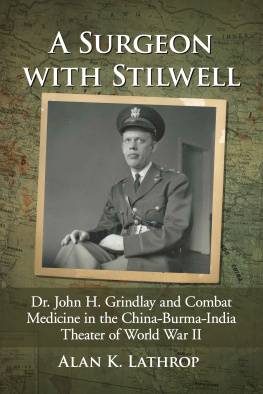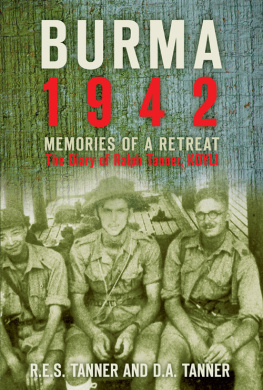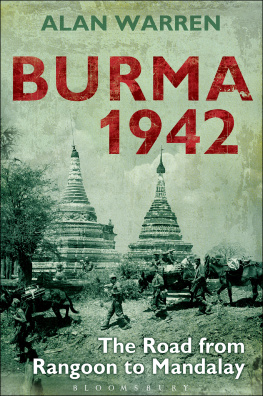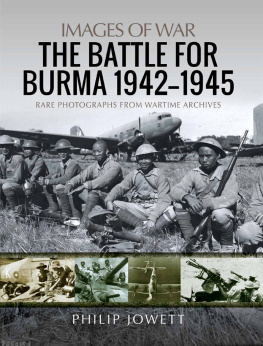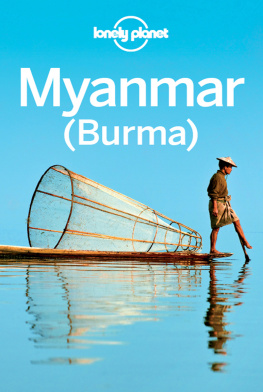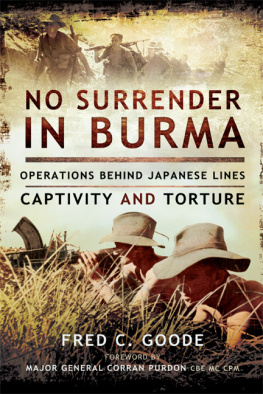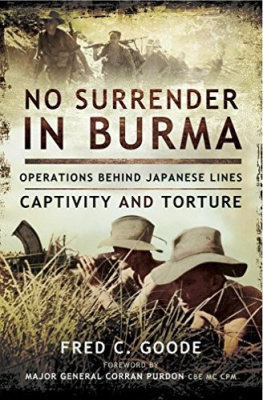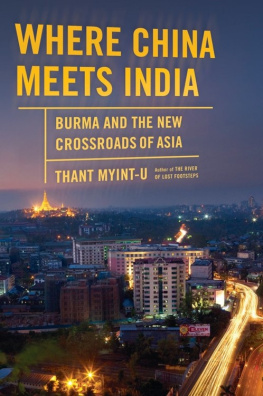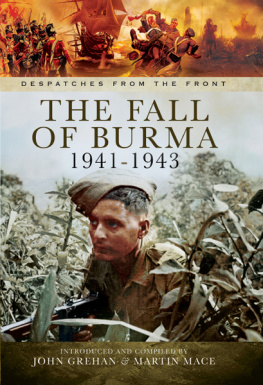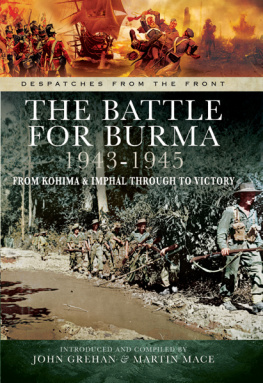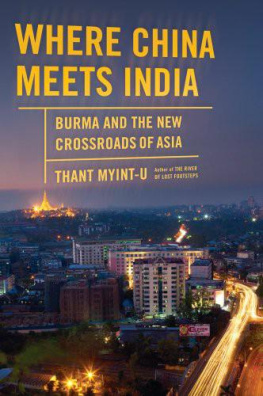
A Surgeon with Stilwell
Dr. John H. Grindlay and Combat Medicine in the China-Burma-India Theater of World War II
ALAN K. LATHROP

McFarland & Company, Inc., Publishers
Jefferson, North Carolina
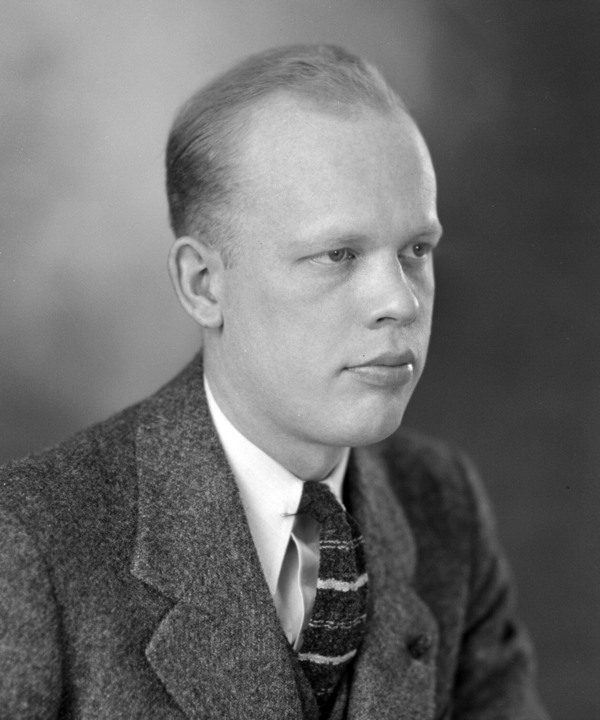
Dr. John H. Grindlay (used with permission of the Mayo Foundation for Medical Education and Research; all rights reserved)
LIBRARY OF CONGRESS CATALOGUING DATA ARE AVAILABLE
BRITISH LIBRARY CATALOGUING DATA ARE AVAILABLE
e-ISBN: 978-1-4766-3306-0
2018 Alan K. Lathrop. All rights reserved
No part of this book may be reproduced or transmitted in any form or by any means, electronic or mechanical, including photocopying or recording, or by any information storage and retrieval system, without permission in writing from the publisher.
Front cover image: Captain John H. Grindlay (date is unknown but likely after his return to the U.S. in 1944; photograph courtesy of Grindlay family); background map Library of Congress
McFarland & Company, Inc., Publishers
Box 611, Jefferson, North Carolina 28640
www.mcfarlandpub.com
To the men and women who served
in the war in Asia, 19411945
Preface and Acknowledgments
This book is a modest attempt to fill a gap in a much larger gap. The larger gap is the war that the United States fought in East and Southeast Asia from 1941 to 1945. Although this conflict has been covered in previous books, the output does not begin to compare with the thousands of volumes devoted to the European and Pacific conflicts. The smaller gap, rather than being concerned with combat operations, focuses on the practice of medicine in an area of the war that was every bit as vicious as the other theaters. This volume offers a very personal look at the medical war in the China-Burma-India (CBI) theater as seen and experienced by combat surgeon John H. Grindlay. Unlike other aspects of World War II, the medical history of the war is not extensive, especially as written by people who experienced it.
Needless to say, a book that looks at warfare from a personal, subjective viewpointfoxhole observation, if you willwill be narrow in its coverage. The reader of this book will find little about the bigger picture in the theater because it has been well covered by others and because Grindlay was not privy to a great deal of the larger events, although he was generally aware of what was going on outside his small sphere of concern. He was well acquainted with General Joseph W. Stilwell, the theater commander, but Stilwell did not discuss plans (except on a need-to-know basis) with someone of Grindlays status.
I was extremely fortunate to unearth many new sources and have incorporated excerpts from some of them in this book. Historians and readers interested in the China-Burma-India theater will find this account a valuable addition to the existing literature on the subject.
During a span of more than 40 years, I have been collecting information for a book on the CBI theater. The central figure in this book, Grindlay, passed away in 1968, before I had an opportunity to meet him or, for that matter, had even heard of him and of his adventures in China, Burma, and India. He was brought to my attention by my father-in-law, who had been well acquainted with Grindlay at the Mayo Clinic and who arranged for me to meet Betty Grindlay about two years after her husbands death. She told me of Dr. Grindlays diary, which he had kept during his service in the CBI theater.
At the time of this meeting, I was collecting source material for a projected article on the Chinese Nationalist troops in the first Burma campaign of 1942. Much to my delight, Mrs. Grindlay kindly made copies of relevant pages from the diary that concerned Grindlays experiences with the American Military Mission to China (AMMISCA) in China and Dr. Gordon Seagraves hospital in Burma and the subsequent retreat, led by Lieutenant General Stilwell, from Burma to India in May of that year. I incorporated entries from these pages in my article The Employment of Chinese Nationalist Troops in the First Burma Campaign, which was published in the summer 1981 issue of the Journal of Southeast Asian Studies.
Almost fifteen years later, I contacted Mrs. Grindlay about obtaining a copy of the full diary. Her declining health at the time forced her to pass on my request to her daughter, Lorna, who kindly made a photocopy of the diary for me. Once I received it, I set about producing a transcription of the diary on my home computer and printing the transcribed version for easier use. Dr. Grindlays handwriting was unclear in a number of instances, especially given the hastiness with which many of the entries were written. There were also many unfamiliar names of men with whom he served and place names in Burma that at first defied transcription; it took me many months to identify and correct their misspellings. Often, Grindlay heard names without seeing them in writing and used phonetic equivalents in his diary.
The diary is a gold mine of information about well-known personalities (particularly Stilwell and Gordon Seagrave) and chronicles, as no other document does, day-to-day details about the first Burma Campaign in 1942; medical facilities and activities in the Chinese training center at Ramgarh, India; and the Allied return to Burma in 1943 to begin construction of the Ledo (later renamed the Stilwell) Road and to push the Japanese out of northern Burma. The availability of Dr. Grindlays diary turned my research in the direction of writing a history of the medical aspects of the war in the CBI.
As time went on and the structure of the book began to take shape, I discovered many blanks in the story that required further research to fill. The search for source material led me to such amazing documents as the diary of Colonel Edward MacMorland, at Widener University Archives, Chester, Pennsylvania, as well as the rich resources of the U.S. Army Heritage and Education Center (AHEC), Carlisle, Pennsylvania, where I found the diary of Robert P. Williams, the papers of Anna Mae Hayes, and other materials that shed new and valuable light on the medical war in China and Burma; the National Archives and Records Administration, College Park, Maryland, which holds many of the official records of the U.S. Army in the CBI; the American Field Service Archives, New York City, an extremely rich source of information about medical and ambulance units that accompanied the British 14th Army in Burma; and the University of Pennsylvania Archives, Philadelphia, where the records of the 20th General Hospital are preserved and where the archivist asked whether I would like to see the newly received papers of Father Louis Meyer, a Roman Catholic chaplain based at the 20th General Hospital who had also ministered to men building the Ledo Road. I was the first researcher to use the Meyer papers, and they turned out to be a gold mine of new information about life at the 20th General and, wonder of wonders, contained a copy of the diary of Captain Roscoe Hambleton, a daily chronicle of his final tragic weeks in Burma in 1942. A number of these sources had been either only sketchily used by other researchers or not consulted at all, as evidenced by the numerous documents that had never been declassified since 1945 at AHEC and the National Archives.
Next page
